The best way to relive your favorite travel memories is by capturing epic photos that can be shared on social media or turned into a stunning coffee table photo book. To get high-quality, print-worthy images, investing in a good camera with a high-quality sensor and a decent number of megapixels is key. While phone cameras are convenient, a dedicated camera will deliver superior results. However, you don’t need to carry around a bulky DSLR with multiple lenses. A compact, or point-and-shoot, camera can provide excellent results with minimal hassle.
A compact camera is “pocketable, with a minimum number of protrusions, that can be used one-handed.” This makes them ideal for travelers who value portability or casual photographers seeking great images without the complexity of professional equipment. Compact cameras come in a variety of options, from budget-friendly models to high-end, professional-grade cameras, and range from digital to film and instant varieties. We’ve done the research to identify the best choices across multiple categories.
1. Leica Q3
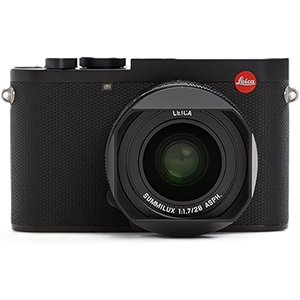
The Leica Q3 is an ultra-premium camera, available on an exclusive, one-per-customer basis. Despite its compact size, this high-end model, is designed for serious professionals. It features a full-frame BSI CMOS sensor, ensuring top-tier photo and video quality. With a maximum aperture of f/1.7 and an ISO range up to 100,000, it excels in low-light environments. The fixed Summilux 28mm lens includes a built-in macro mode, making it perfect for both close-up photography and wide-angle street shots.
While it lacks optical zoom, the camera’s Triple Resolution Technology offers up to 60 megapixels, allowing for digital zoom with minimal loss of detail. You can also switch to 36MP or 18MP modes to save memory card space. The Q3 is highly versatile for video as well, supporting formats such as 8K, 4K, ProRes, and Full HD. Hybrid autofocus and subject tracking further enhance your content creation, and the Leica FOTOS app adds functionality for audiovisual projects. You can frame your shots using either the 3-inch display or the OLED viewfinder.
Balancing exceptional performance in both stills and video, the Leica Q3 is a top choice for professionals. However, it may not be ideal for those needing telephoto capabilities.
2. Fujifilm X100VI
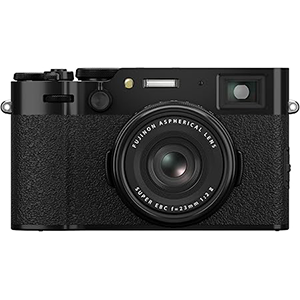
The long-awaited Fujifilm X100VI is the best compact camera we’ve tested, offering a premium set of features. While not the smallest fixed-lens camera, it compensates with a high-resolution APS-C sensor, in-body image stabilization (IBIS), and a bright 35mm-equivalent f/2 lens. These features deliver excellent image quality with rich detail and dynamic range. A standout feature is its hybrid viewfinder, allowing you to switch between an optical rangefinder and an electronic viewfinder for flexibility in different shooting conditions.
Ideal for travel photography, the X100VI is portable enough, and its wide aperture performs well in low light. The hybrid viewfinder helps capture street scenes or track moving subjects, while IBIS makes handheld shooting at slower shutter speeds easier. The tilting screen is great for creative angles, whether shooting at waist level or overhead.
However, its shorter battery life and fixed focal length could be drawbacks for those seeking longer reach or extended shooting sessions. Despite these minor limitations, the X100VI is a top-tier compact camera for serious photographers.
3. Sony RX100 VII
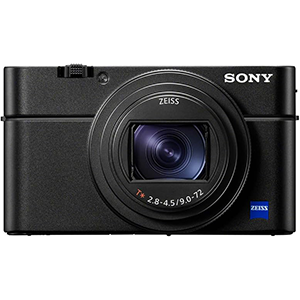
If you’re after a compact camera with zoom capability, the Sony RX100 VII is the best we’ve tested. It builds on the RX100 series’ winning formula of portability, a versatile zoom range, and an abundance of advanced features.
Unlike typical compact cameras, the RX100 VII boasts a larger 1-inch sensor, delivering excellent image quality for its class, though not quite as high as some of the higher-end options. Its stacked sensor design enables fast 20 fps burst shooting while minimizing rolling shutter distortion, making it one of the most sophisticated point-and-shoots available.
While the RX100 VII doesn’t offer the longest zoom, its 24-200mm full-frame equivalent lens provides plenty of framing flexibility. It also includes thoughtful design elements like a pop-up viewfinder and flash, all while remaining small enough to fit in a coat pocket or bag.
Its compact size does result in shorter battery life, a common drawback for cameras in this category. If you’re looking to save, older models in the RX100 series can often be found on the used market at lower prices.
4. Sony RX100 II



When the Sony RX100 launched in 2012, it was hailed as the best compact camera on the market. With its large 1-inch sensor, sleek design, excellent image quality, and compact size, the RX100 redefined expectations for digital compact cameras.
Today, the RX100 and its successor, the RX100 Mark II, set the standard for pocket-sized cameras. The RX100 Mark II, in particular, stands out with the largest sensor in its size class, delivering exceptional photos and performing impressively in all lighting conditions thanks to its new BSI sensor. Its design features a tilting LCD, accessory hot shoe, and overall versatility, making it a no-compromise compact camera suitable for almost any situation.
The main drawback of the RX100 Mark II is its price. At $698, it’s on the expensive side, but for those who value its performance and flexibility, it may be worth the investment.
If the RX100 Mark II is beyond your budget, the original Sony RX100 remains a solid option. While it lacks features like the tilting LCD, BSI sensor, WiFi, and hot shoe, it still offers impressive performance at a more affordable price.
5. Sony Alpha a6000
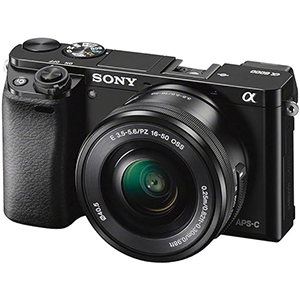

An interchangeable lens camera is a great option for photographers looking to elevate their craft. However, the larger size of these cameras, especially with a cropped sensor, can be a deterrent. Traditional Single Lens Reflex (SLR) designs tend to be bulkier than point-and-shoot cameras, but many photographers are now turning to mirrorless interchangeable lens cameras (ILCs) for a more compact solution.
Sony’s APS-C format mirrorless ILCs are an excellent choice, offering a compact design that’s only slightly larger than advanced point-and-shoots. Paired with the 16-50mm power zoom kit lens, the camera maintains a portable size, while the handgrip ensures a secure hold. With a 24.3MP sensor, image quality is outstanding, far surpassing that of point-and-shoot and bridge cameras. Sony lenses, along with third-party options and adapters for various mounts, offer great versatility.
One trade-off is shorter battery life due to the electronic viewfinder, but Sony’s long-lasting batteries minimize this issue. With full manual control, rugged build quality, and an affordable price, this mirrorless ILC is ideal for entry-level photographers looking for a durable, high-performing camera.
Conclusion
While there are many other cameras deserving of attention that didn’t make this list, we believe the five we’ve included offer a solid representation of distinct photographic experiences. These options cater to a variety of budgets and photographer needs, from beginners to seasoned pros.
If you’re starting your search for the perfect camera, these models are a great place to begin. We’d love to hear your thoughts—share your own compact camera recommendations in the comments below!

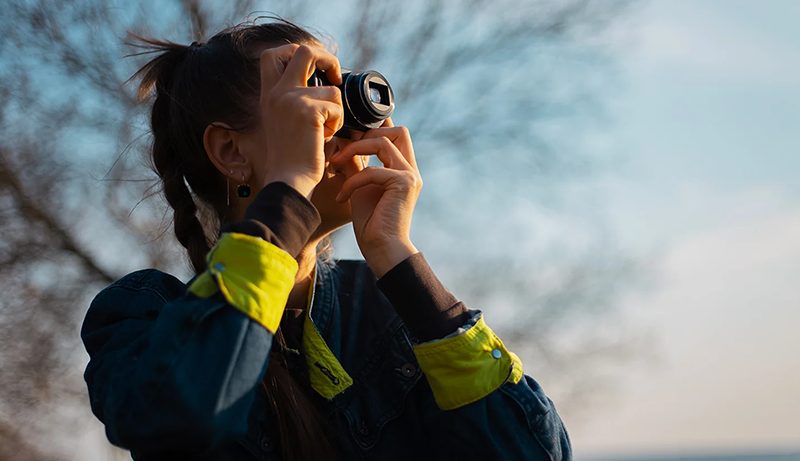
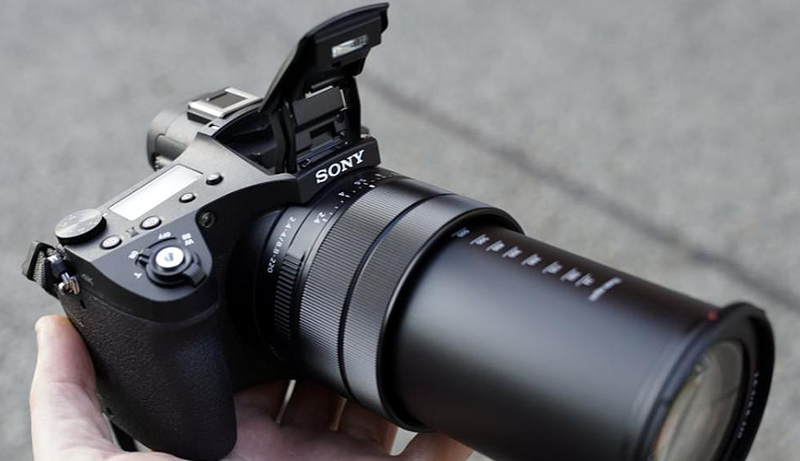
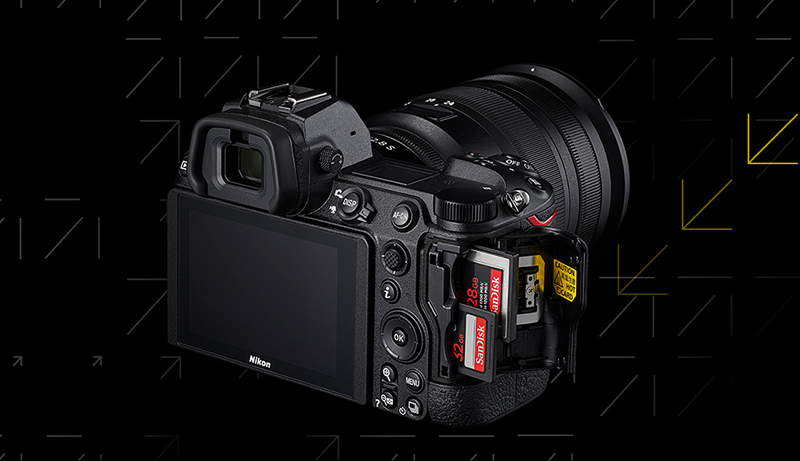
Leave a Reply